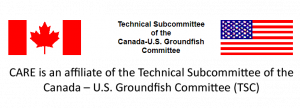
The CARE Mission
The Committee of Age Reading Experts (CARE) is a cooperative effort between international, state, and federal agencies dedicated to standardizing and improving age determination techniques and activities for Pacific Ocean fish species.

2024 CARE Officers
Chair: Patrick McDonald (NWFSC-PSMFC)
Vice-chair: Mark Terwilliger (ODFW)
Secretary and Web Forum: Nikki Paige (NWFSC-PSMFC)
Webmaster: Jon Short (AFSC)
Website Content Coordinator: Jamie Hale (NWFSC-PSMFC)


